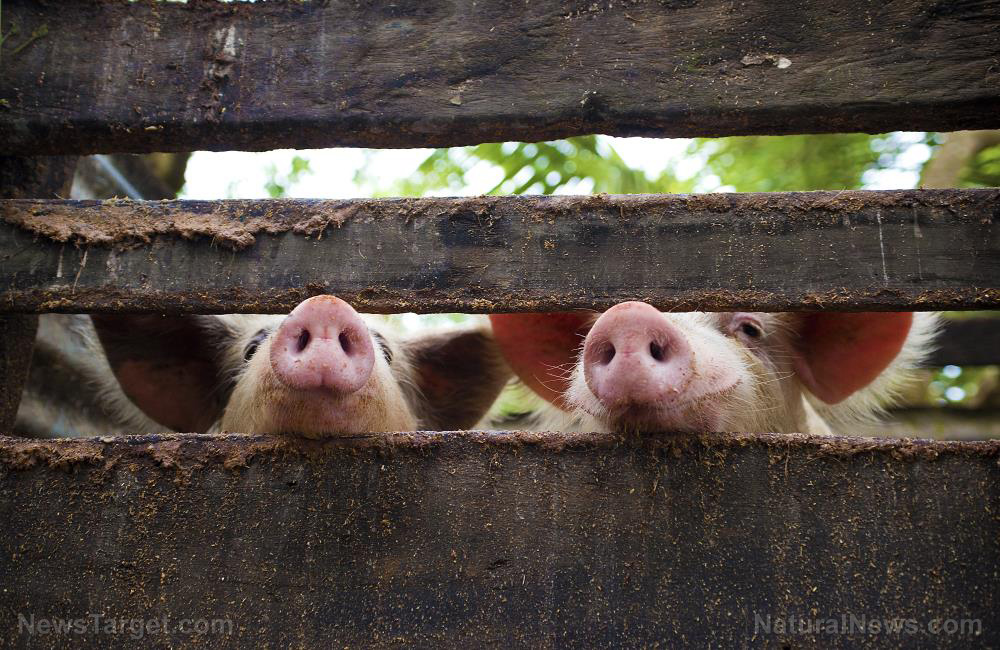The color wheel is one of the fundamental the tools utilized in studying the color theory and it aids students to grasp the link between individual colors so they can be used properly and in an artistic fashion.

Once you understand the manner in which distinct colors correlate with one another, you will gain the artistic knowledge and ability to transform your business logo or bedroom walls or the scarf you are knitting into something that is genuinely exquisite. On the contrary, in the event that you are ignorant about the subject or how it works… well, there’s a chance that you will end up creating something that is aesthetically horrible – in a style and art standpoint.
Isaac Newton. Yes, The Isaac Newton.
If you have already seen the color wheel, then you know that it is basically just a round figure that appears as if it someone captured the rainbow and put the red end to the violet end, which is practically what the great Isaac Newton did during the time he first invented the first color wheel back in 1666. Newton sought to find out the precise origin of color and how they came to be exactly – he understood that transmitting white light through a prism generated the rainbow color pattern on the opposite wall: red, orange, yellow, green, blue, indigo, violet (ROYGBIV, for short). What the legendary English mathematician and physicist failed to comprehend, however, was the reason as to why. Thus, inside a dark room, he allowed a fine ray of sunlight to get inside from a slit in a curtain and made the light bend through a prism.

After he had some fun transmitting the light using other prisms, Isaac Newton arrived at the conclusion that white light – sunlight during that particular experiment – is actually not white, but a mixture of each and every individual color. At the same time, Newton observed that red and violet were alike (the two colors featured red), thus he rotated the group of colors to create a circle. Following this action, numerous mathematical relationships between colors were made evident. And, with that tiny complication no longer a hindrance, Isaac Newton likely proceeded to take his breakfast and afterward, went on to create modern physics.
Colors that Complement Each Other
Following Isaac Newton’s completion of the color wheel, countless other individuals made their own take in portraying the inherent elements and makeup of color such as the famed 1900s Poet from Germany, Wolfgang von Goethe. All the same, the 12-color wheel featured in modern color theory is essentially identical to the one Newton discovered in 1666. It covers the primary colors: red, yellow and blue; the secondary colors: green, orange and purple (all secondary colors are created by blending a pair of primary colors); and the tertiary colors, which are made by blending primary and secondary colors that succeed each other on the color wheel: red-orange, blue-green, yellow-green, and so on.
Colors opposite each other on the color wheel are called complements, and they have an especially strong relationship. Red and green, blue and orange, yellow and purple are all distinctively different from each, so opposite colors look more distinguished when they’re next to each other. If you put blue next to any of the other colors — yellow for example — the yellow will look closer to orange because it’s next to the blue.

Those colors found in the color wheel that are 60 degrees away from each other are called triads, such as the primary and secondary colors. Analogous colors on the other hand, are those that follow each other on the color wheel, thus forming the families of color – red, orange and purple all share the color red and are thus utilized separately in art and style compared to colors in a triad which do not have any similar hue.
The Language of Color
With that being said, colors share a link to one another, although it is in fact quite challenging to expound colors to different people. Obviously, you can explain to a friend that you just purchased a pair of blue shoes. However, the color that they visualize in their heads may not be present in the blue spectrum at all. So how can we succeed in explaining a color to one another in a way that we can accurately define our new pair of shoes?
Below are a number of the terminologies that aid artists and stylists in communicating with one another through the language of color.
Hue
Hue simply pertains to the name of the color, e.g. red, yellow, orange, green, and blue, etc.
If you want to describe color accurately, you probably shouldn’t use words like ‘khaki’ or ‘peach’ because it’s hard to be accurate. As your khaki might be greener, while another’s might be more of a gray, and a third person’s might be more of a brown. The same goes for peach, it could be considered a pink or orange.

Color Value
Value pertains to the level of lightness and darkness of a color. A navy blue color is an extremely dark color, which is why it is deemed as a blue with extremely low value. A baby blue color on the other hand, is an extremely light color — a tint — and thus it is deemed as a blue color with high value.
“If you said to a designer, ‘I saw this blue I really liked — it’s a low value red-blue,’ you’d be describing a navy,” says Cooperman.
Intensity
Intensity is all about how direct a color is, instead of using the words dirty or gray to describe a color. The most intense colors come from those in Newton’s experiment through a prism – red, orange, yellow, green blue, indigo, violet are colors that are quite intense and dramatic.
Simultaneous Contrast
Simultaneous contrast is another aspect that we should take into account in case we are talking about color. It basically pertains to how people see colors in a different way, contingent to the kind of color that is beside it.

During the middle of the 1900s, a chemist named Michel Chevreul started developing dyes for the Gobelins carpet factory which was based in Paris, France. He found out that clients had complaints regarding the colors present in the carpets – that the whites appear yellowish, for example. Chevreul started experimenting on the potential effects once colors are situated next to each other and found out that when it was put beside purple, white appeared differently – it appeared yellow, which is the opposite of purple. However, it was merely a visual effect – colors truly influence one another. The chemist referred to this phenomenon as simultaneous contrast since once you stare at colors simultaneously, they make each other appear as opposite from the other as possible.






